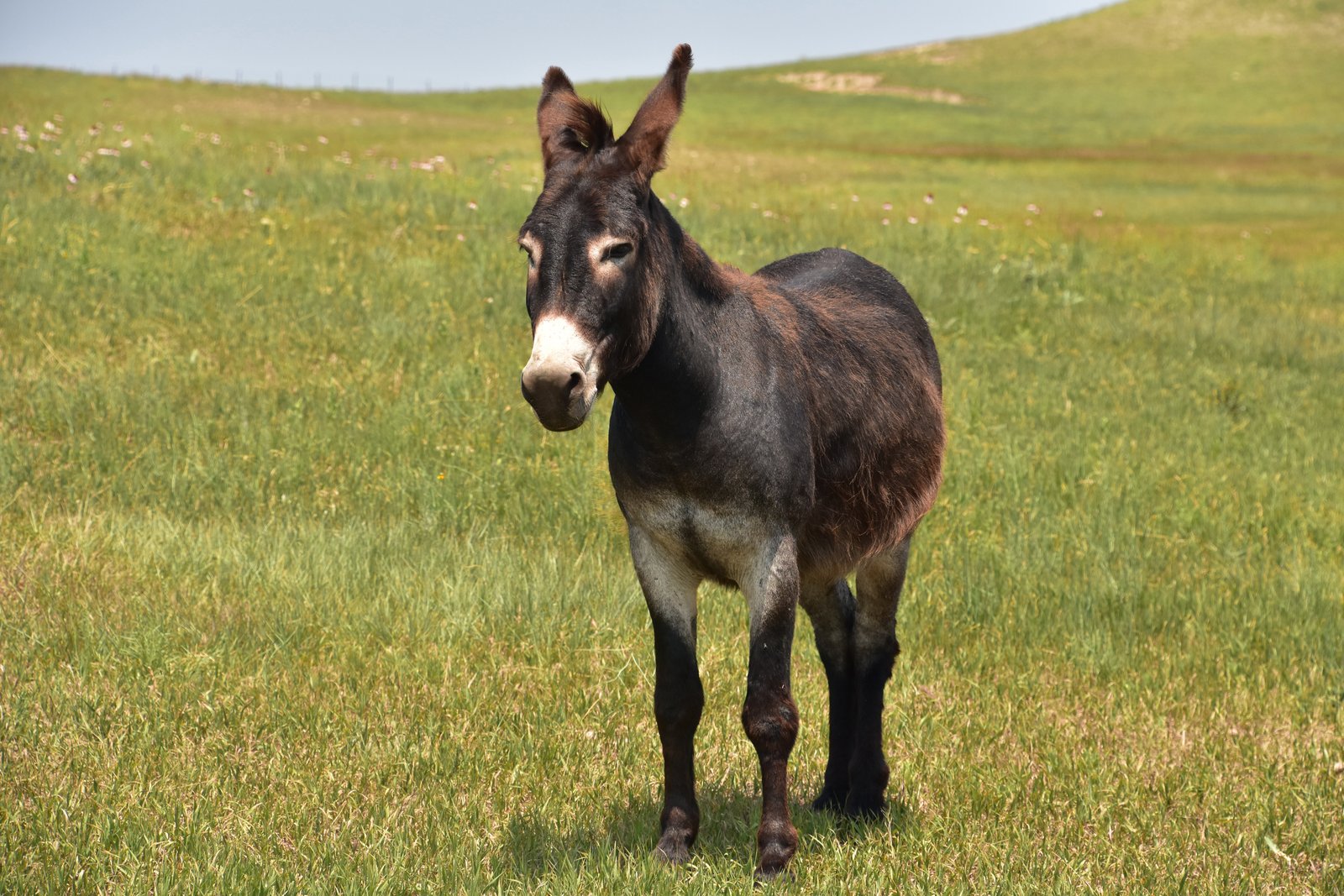
For generations, Black communities in New Jersey have been locked out of the financial engines that drive real estate and development. From redlining maps that branded Black neighborhoods “hazardous” for investment, to lending discrimination that persists in quieter forms today, access to capital has often been the difference between thriving communities and those left behind.
But across Newark, Essex County, and other parts of Northern New Jersey, a new wave of collaborative funding modelsis beginning to rewrite that story. Black developers, homeowners, and community leaders are experimenting with collective funds, land trusts, and public–private partnerships that aim to place the tools of wealth creation back in Black hands.
Newark’s $100 Million Bet: The 40 Acres and a Mule Fund
Perhaps the boldest example is Newark’s 40 Acres and a Mule (NJ FAM) Fund, a $100 million investment vehicle designed specifically to back Black and Latinx businesses and real estate projects. The City of Newark itself has pledged $2 million in seed funding, signaling a commitment that is both financial and symbolic: a recognition that repairing generations of economic exclusion requires targeted investment.
Here’s how it works: the fund pools capital from public, private, and philanthropic partners and then deploys it in the form of low-interest loans or equity investments into minority-led projects. For Black developers, who often face higher borrowing costs and stricter requirements from traditional banks, the NJ FAM Fund offers a pathway to scale — to transform visions for housing, commercial space, or mixed-use developments into reality.
The concept isn’t charity; it’s an economic strategy. By equipping local Black and Latinx developers with the capital they need, the fund ensures that Newark’s growth benefits those who have historically been left out of the development table.
Community Land Trusts: Ownership Without Displacement
Another model gaining traction is the community land trust (CLT). In Essex County, the Essex Community Land Trust has been steadily acquiring property to create permanently affordable housing.
The model is simple but powerful: the trust owns the land, while residents own the homes built on it. By removing land from the speculative market, CLTs keep housing affordable across generations. Homeowners build equity, but because the land itself is held in trust, prices stay within reach for future buyers.
For Black families facing the double threat of rising rents and gentrification, CLTs offer stability. They allow residents to remain rooted in their neighborhoods while still participating in wealth-building through homeownership.
Challenges remain — particularly in scaling up. Acquiring land is costly, and competition with private investors is fierce. But as more New Jersey towns grapple with displacement, CLTs are proving to be a model worth watching.
Public–Private Partnerships: Two-Family Homes, Double the Wealth
If the NJ FAM Fund represents the bold bet, and CLTs represent long-term stability, Newark’s recent $6 million homeownership initiative shows what’s possible when public and private institutions collaborate on targeted solutions.
Launched in 2023 with partners including the Urban League of Essex County, National Community Investment Fund, and Wells Fargo, the initiative is building 10 two-family homes in a historically Black neighborhood. The homes are being sold below market price to first-time low-income buyers.
But here’s the innovation: each home comes with a rental unit. That means new homeowners won’t just pay their mortgage; they’ll also become landlords, generating income to build wealth over time.
Vivian Cox Fraser, President and CEO of the Urban League of Essex County, put it plainly: “We are addressing the racial wealth gap and building homeownership through creative capital stacks.” In practice, that “capital stack” combines tools like New Market Tax Credits with bank financing and community partnerships — a layered approach that makes projects viable while keeping them accessible.
Other Emerging Models
-
Community Development Financial Institutions (CDFIs): These mission-driven lenders are offering flexible loans to Black builders who might otherwise be shut out by traditional banks.
-
Crowdsourced Real Estate Clubs: In some NJ communities, Black professionals are pooling resources in investment clubs to purchase, rehab, and profit from real estate — democratizing access to development opportunities.
-
Minority-Owned Developer Networks: Groups of Black and brown developers are forming co-ops to share expertise, pool capital, and bid on larger projects together than they could alone.
Each of these models reflects the same principle: collective power in capital.
The Bigger Picture
These initiatives aren’t just about bricks and mortar; they’re about rewriting the economic blueprint of New Jersey. For decades, Black families and entrepreneurs have had the skills, the vision, and the drive — what they’ve lacked is access to capital.
By creating new funding vehicles, forging public–private partnerships, and experimenting with community-based ownership models, New Jersey’s Black communities are beginning to tilt the scales back toward equity.
But questions remain: Will these models scale quickly enough to outpace gentrification? Can land trusts and investment funds compete with Wall Street-backed developers snapping up properties? And will state policy catch up to support and expand these efforts?
For now, the answer lies in the words of Fraser and others leading these experiments: building Black wealth requires not only equity in ownership, but also equity in opportunity.
The walls of exclusion were built with money. It may take new, innovative money — pooled, trusted, and community-driven — to finally tear them down.
Would you like me to also prepare shorter companion pieces (like a “community explainer” version with FAQs and action steps for families and professionals) to pair with this long-form feature, similar to how we combined the zoning article?






